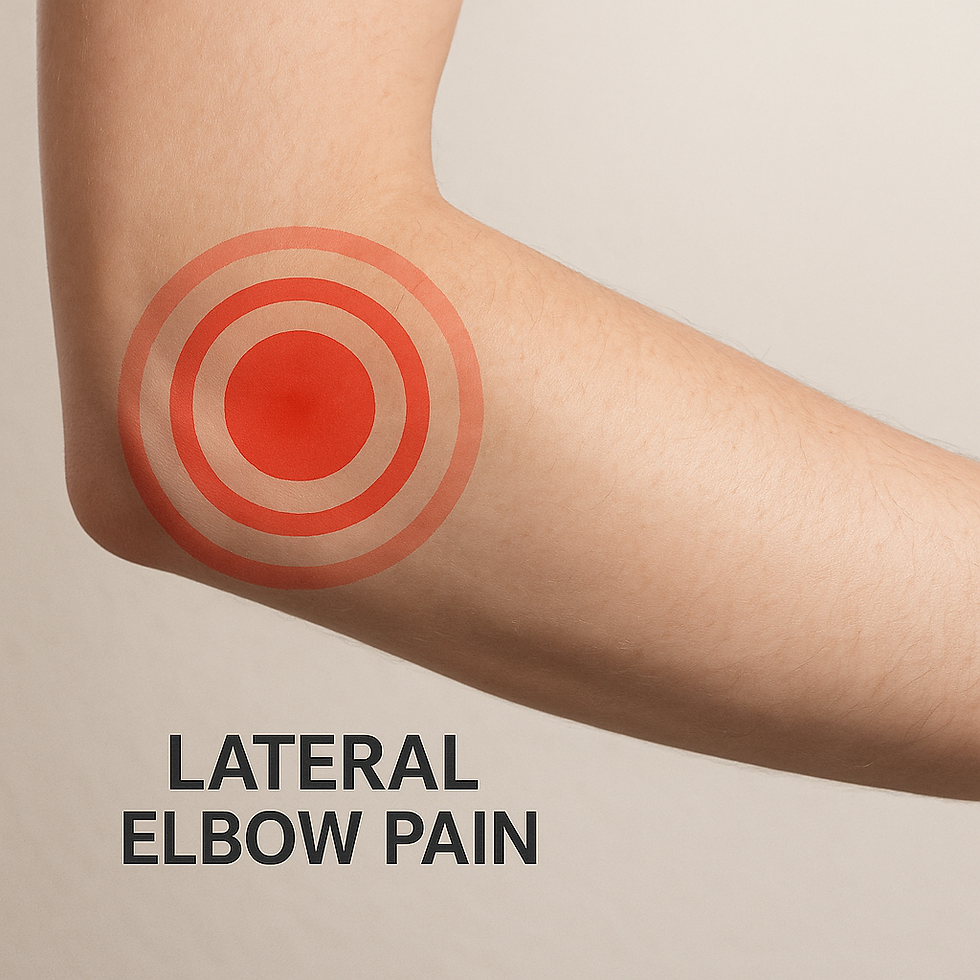The Do's and Don'ts of Arthritis
- Will

- Dec 22, 2019
- 2 min read

Preface: The following read will be a hard pill to swallow for some.
The CDC states that some 54.4 million U.S. adults have been diagnosed with this “common chronic condition” and it is estimated that that number will increase to more than 78 million by 2040 as life expectancy rises, activity levels plummet and waist lines expand.
But most adults, 20 or older, have some form of arthritis. Yes, probably even you.
This level of frankness is not meant to scare you or make you fearful of age and lifestyle related changes in the body. Unfortunately, this diagnosis is often viewed as a “death sentence” for a specific body part or enjoyable activity which results in an early retirement from exercise and movement.
Allow me to say this here, now and forever, IT IS NOT.
Plenty of people live, work and play with arthritis while never experiencing symptoms. Unfortunately, if you’re like many of the clients I’ve worked with, you’ve been given bad advice. Usually this bad advice makes things worse, not better.
Typically, when a patient is diagnosed with osteoarthritis (OA), they’re advised to rest and avoid activities which create pain and discomfort. Complete rest and inactivity will make the pain and progression of the arthritis worse, not better in the long run.
Some research blames sitting and its detrimental affect on how our joints are formed and maintained while a sedentary lifestyle contributes to a faster progression of the condition.

Multitudes of evidence show that remaining active and regularly participating in exercise works to improve pain and function. All of our joints require movement and loading (exercise) to stimulate repair. This requirement is not specific to only the knee or hip; it spans the entire body, from top to bottom, from your jaw all the way down to your toes.
A Harvard Biologist studied skeletons of middle-aged and elderly Americans from varying periods of time, including one that was 6,000 years old. He went in with the theory that in the early days before modern transportation – when walking was the only means of getting around and people were hunting, fighting and farming on their feet – the prevalence of OA would be higher due to all the increased loading being placed on the respective joints.
Guess what? It wasn’t.
Was OA present?
Yes, but the frequency and level of degeneration was not comparable to present day.
Leading one to deduce that increased activity actually slows down the development of OA!
Thanks for reading!




Comments